A product has been added to the basket
Notes on Great Note-Taking
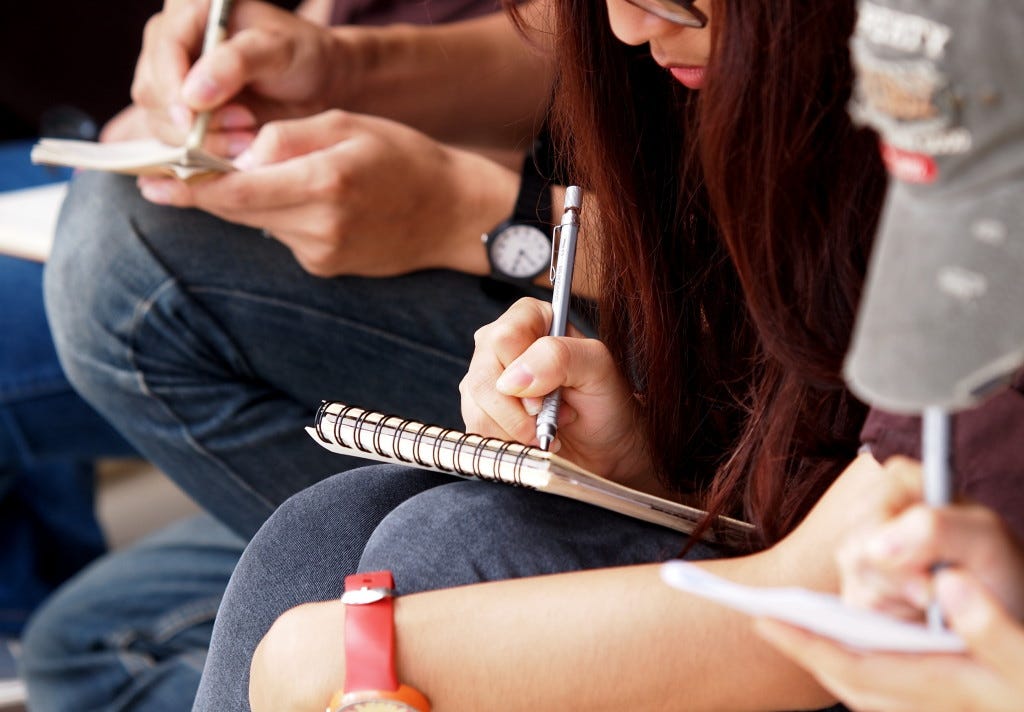
Notes on Great Note-Taking
Note taking is a vital life skill most of use throughout our lives, from school to university and work. Perhaps you have fond memories of brightly coloured highlighters, or not so fond ones of scribbling the few discernible words you could gather from your professor. Either way, notes are an essential toolin helping us make sense of the information we are presented with, which we can then remember at a later date. Good notes make utter sense when you return to them, with enough impact to be memorable. We have put together a guide to help with your notes, with expert advice from academics and journalists; Tom Hall (editor at Mash Media), Helen Giles (reception team leader ISS world), Head of Education at The Metropolitan Museum of Art New York, Debbie Davies (PA to Vice President CGI)
Keep your space organised and well laid out
We all have good intentions when starting a fresh page of notes, but the desire to get information down can come at the expense of a tidy page. A great tip is to leave lots of blank spaces before you move on to a new point. This avoids all those unsightly arrows when you need to go back to an earlier idea. Be extremely generous with the amount of paper you bring and use. Use loads of heading, subheadings and bullet points to give your page structure. Try writing larger for headings, or use a heavier weighted pen or darker colour. This makes the content much more digestible at a later date. “I underline really important quotes when I'm taking notes for quick reference later” Tom Hall “I make lots of lists! I keep all my notes brief and in bullet-point style” Helen Giles “Highlighting, writing in caps, placing them on disruptive places so I am forced to look at them.” Head of Education at The Metropolitan Museum of Art New York
The Cornell Method
Keep your space well organised with this ‘age old’ and ‘tried and tested’ method, which is so simple. Divide your page vertically in two, with more space on the right than on the left. The margin on the left relates to topic headings and big ideas being discussed, whilst the right is a free form area for detailed notes. Keep recording the main ideas on the left, like subject headings. When it comes to revision, glancing at the left column can trigger your memory to recall the detail.
Get Creative

 For many of us, notes are a revision tool, and the memory works best when remembering something engaging. Whilst doodles and sketches are brilliant, you don’t have to be an artist. Easy to draw symbols such as stars, flags, arrows, speech bubbles can be just as effective….and don’t forget a bit of colour coding. Mind maps are a great way of visually representing information. Start in the middles with the main topic and then subtopics can branch out. This is very effective if you have a lecturer that likes to jump around.
For many of us, notes are a revision tool, and the memory works best when remembering something engaging. Whilst doodles and sketches are brilliant, you don’t have to be an artist. Easy to draw symbols such as stars, flags, arrows, speech bubbles can be just as effective….and don’t forget a bit of colour coding. Mind maps are a great way of visually representing information. Start in the middles with the main topic and then subtopics can branch out. This is very effective if you have a lecturer that likes to jump around.  “If I meet someone briefly, I'll make a note of how and where I met them, or draw a doodle of them on the back of their business card. Don't get caught doing this mind.” Tom Hall “I have flags which I put on the page in question of my notes” Debbie Davies
“If I meet someone briefly, I'll make a note of how and where I met them, or draw a doodle of them on the back of their business card. Don't get caught doing this mind.” Tom Hall “I have flags which I put on the page in question of my notes” Debbie Davies
Writing Tools
Great pens that you enjoy using can act as an incentive to create great notes. We think multifunction pens are the perfect solution, giving you access to different coloured pens and pencils in one pen. “I use a biro as they're good for writing fast. Having a bit of weight in the pen is important, and you get taken a little bit more seriously with a quality implement. Regarding notepads, I like ones I can fit in my pocket to travel light.” Tom Hall “I use a selection of highlighters and coloured biros in my notepad and diary- both of which go EVERYWHERE with me!” Helen Giles
Summarise, and use shorthand
Have you ever sat in a lecture theatre and watched the front row of students eagerly typing every word that is said into their laptops. Whilst this is possible on a computer, it is not so easy when you are writing by hand. But don’t see this as a disadvantage. The act of listening, digesting and summarising creates a much greater understanding of the subject… it is your understanding of the material. Many studies (see Mueller and Oppenheimer) have proven this really helps in retention. So don’t worry about writing everything that is being said, listening is much more important. “My shorthand speed got up to 80 words per minute when I was studying journalism, but I'm always confused by journalists that find it necessary to frantically take down every word someone says as if they're court reporting. For the most part, I use shorthand in short bursts after an interviewee has said something of note. You learn to listen out for key sentences and filter out bits of filler. However, I do record most interviews, and listen back as I'm writing up my notes.” …. Shorthand can, in reality, be hard to read back if there's an unusual word, so I'll usually write that word out in plain English to help me transcribe later.” Tom Hall
Inspiring Notes
Images courtesy of BSN Design 






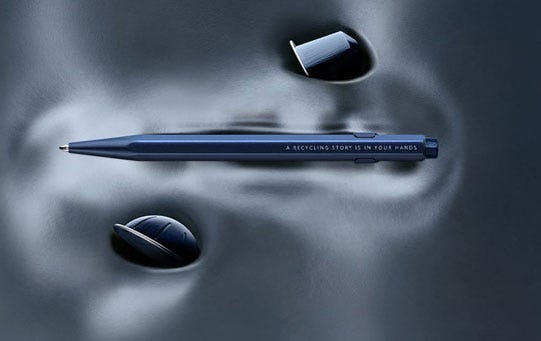
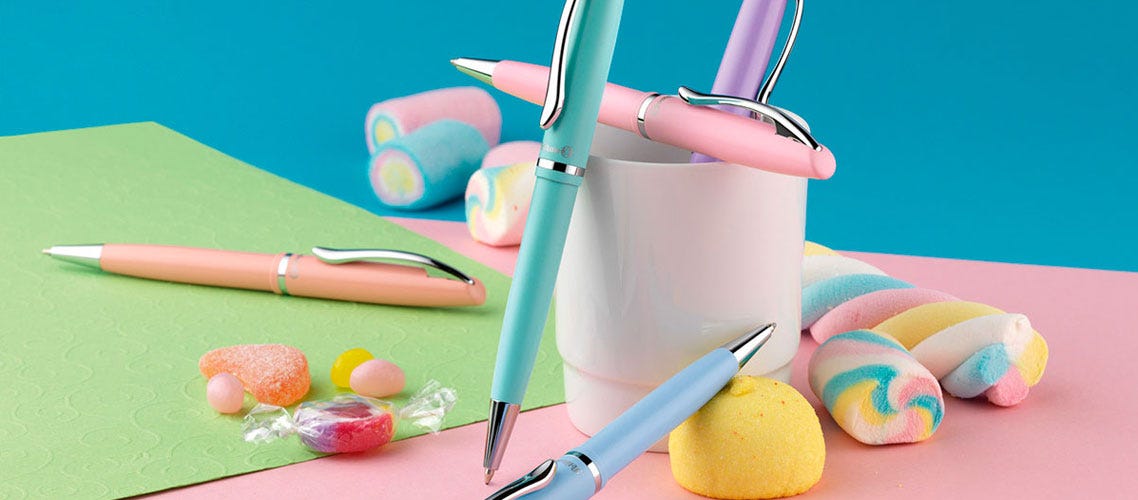
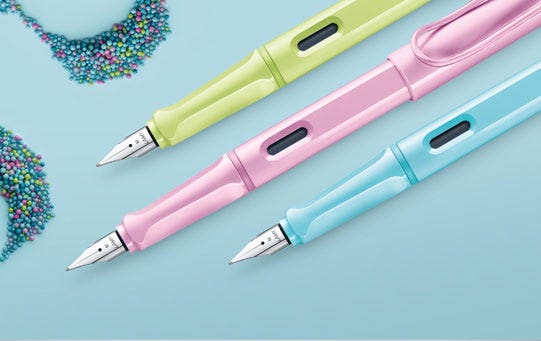
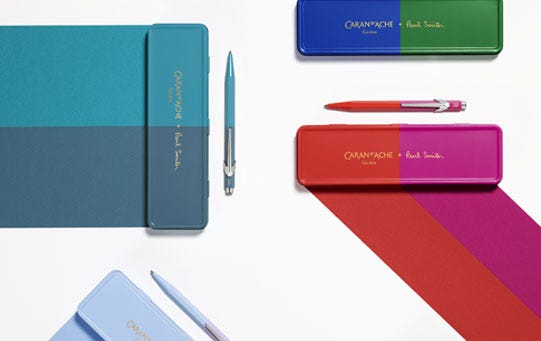
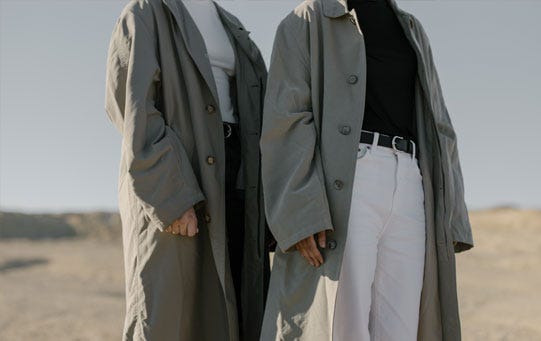
Comments